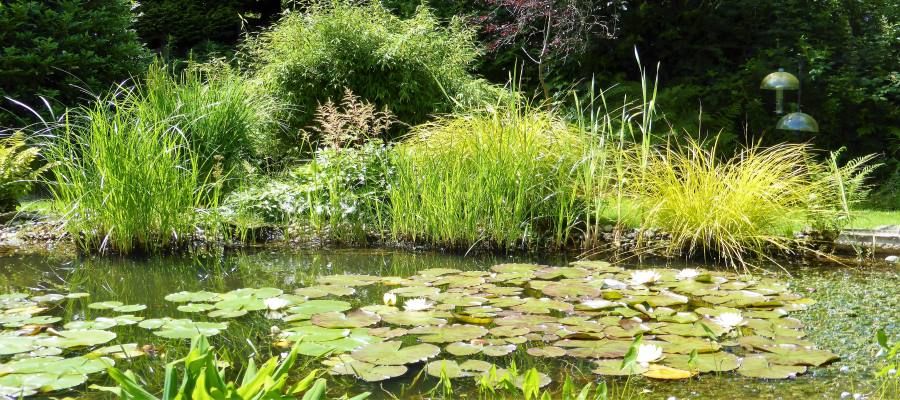
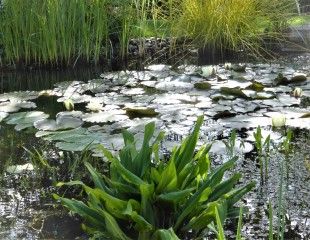
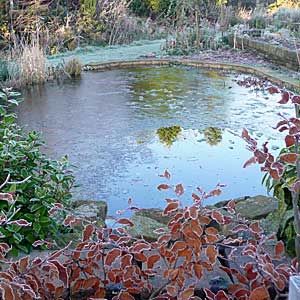
All About Garden ponds
Whether you build it yourself or get help, a garden pond is a great addition to the garden. It’s a cliché but true: the gentle trickle of a waterfall and movement of light on water is very relaxing. Garden ponds are attractive and a veritable magnet for wildlife. A pond looks good even in the winter when most pond plants die back.
A pond is a haven for wildlife and as the pond gets established, so does the wildlife. Frogs, newts, hawkers, and dragonflies, as well as bats, many birds, and if you are lucky, maybe even a kingfisher, are attracted to ponds and water.
There are a great range of water-loving plants to grow under pond conditions such as sedges, grasses, a host of iris and water lilies. The wet conditions create the right growing conditions for a range of plants, which are not suitable for growing in the garden borders. Check out the helpful step-by-step guide to building a garden pond, including advice about shelving and planting pockets so you can set your pond plants to the optimum level in the pond, and contain vigorous plants.
The images below demonstrate the wildlife that your garden pond can attract. Ponds give hours of interest, as there is always something interesting to see. In March the frogs turn up to serenade and spawn, in late August/ September is watching Hawkers buzzing the pond, stopping, weaving and chasing each other in a flight reminiscent of a World war 1 dog fight. And then the Hawker stops; hovers close and eyeballs you out of curiosity and then is off again in flight, round and around the pond. Better than telly.
And twice I have spotted a Kingfisher.
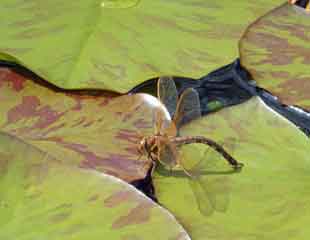
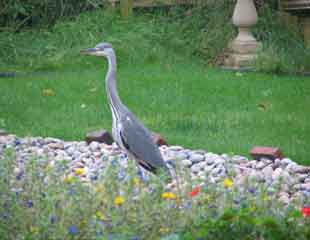
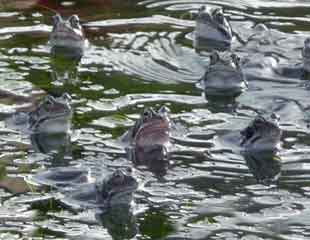
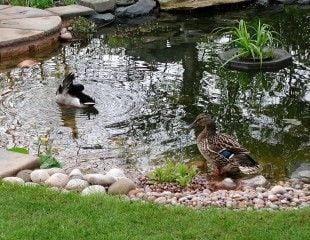
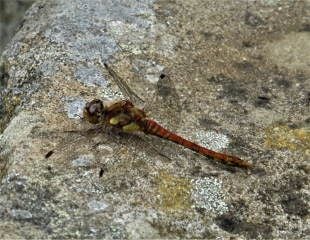
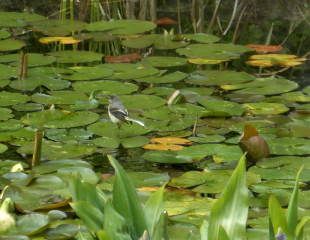
You can build a pond in all shapes and sizes to suit your garden and on the next few pages there is a step-by-step guide about How to build a garden pond, information about how to install a Butyl Pond liners . In the section Garden Pond's ideas, there is information about how to build a waterfall, a pond jetty and creating your own wildlife pond.
